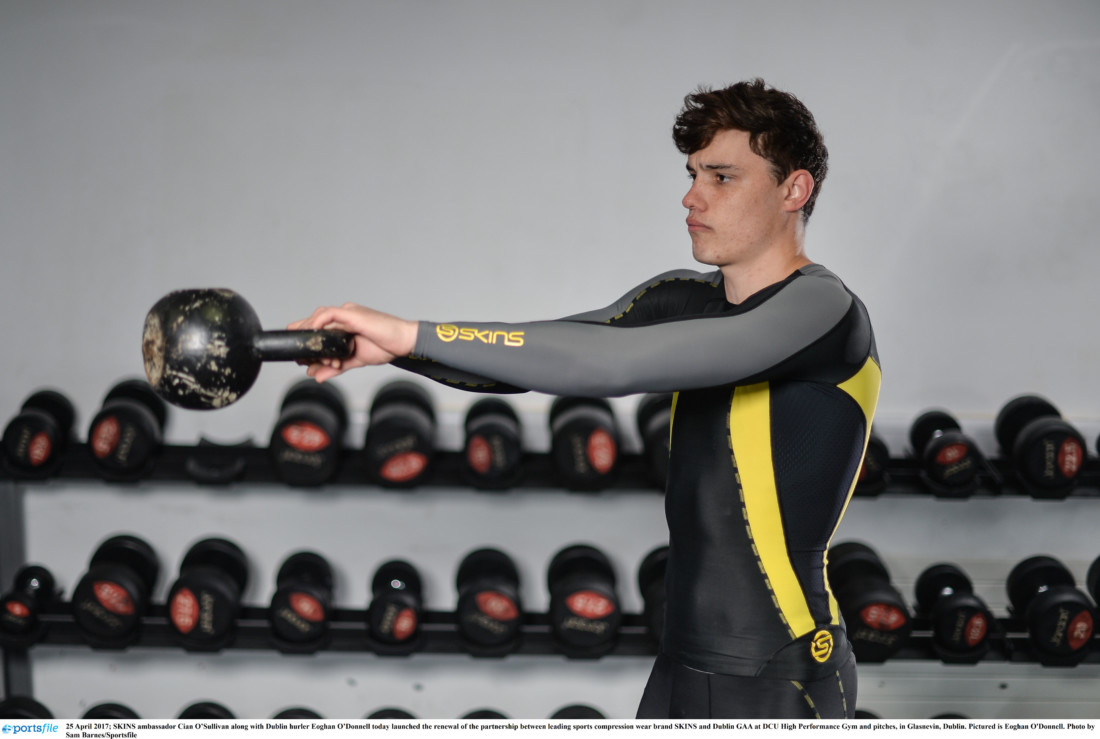Off-Season is a time of the year that has a very important strategic place in the overall long-term athletic development plan of any sports person. Off-season falls directly between the highest intensity phase of the season (Peak Competition) and the highest training volume phase of the season (Preseason). The goal of off-season is therefore to transition effectively between these two phases, that being to recover and to prepare.
The effectiveness of any off-season work can be determined by both the timing of the start of collective preseason training and the quality of these preseason sessions. In my experience, teams that choose to press the off button after the last game of the year are typically back to collective preseason training early. The coaching rationale is to counteract the negative effects associated with the training principle of reversibility, or more commonly referred to as “use it or lose it”. Training plans have to focus more on gruelling metabolic type training to fix body composition and re-establishing team fitness levels. Essentially over several seasons these teams never progress or develop as they are always in a cycle of maintenance season to season as they can never achieve any meaningful quality work in preseason.
Alternatively, those teams who choose to continue to train independently during the off season typically do not resume collective preseason training until later. These teams are populated with players who have very well-established independent training, eating and sleeping habits. They consistently train at minimal dose levels to maintain fitness qualities and skills. They also use this time to fix injury concerns and increase their robustness to these. Not only do these teams benefit from a longer off-season period, preseason training allows the collective team to focus on continuing to elevate both their skills and physical capacities via quality coaching sessions. These are the teams that continue to progress and excel season to season.
Strength and conditioning coaches would typically plan for two phases in the off season. The first of these phases focusses on de-load. The aim here is to dissipate both intense physical and mental fatigue stressors associated with the final peak stages of the competitive season. This is an opportunity to recalibrate body and mind via active rest. Coaches would recommend participating in low-intensity cross training activities including walking, swimming, cycling and low intensity fitness classes such as yoga or pilates. Gym sessions are an opportunity to reengage with basic loaded and unloaded fundamental movement strategies, speed and landing mechanics, as well as beginning to focus on fixes to injuries which occurred during the competitive season. This is also an opportunity to grab a notepad, self-reflect and jot down strengths and weaknesses to help develop a more individualised training plan in the coming weeks. The length of this phase really depends on the players de-load and injury profile requirements, but typically lasts 2 – 4 weeks.
The second off-season phase focuses on restoration and preparation for preseason. This is a real opportunity for extensive injury prevention and individualised athletic development work. There is no other window of opportunity which presents itself within the GAA seasonal calendar for players to focus solely on themselves outside of the collective bubble. Quality work here should ultimately lead to a decrease in the injury of risk and set players up for a quality preseason. Small sided fun games such as basketball or joining a winter’s athletic or boxing club programme are great ways to maintain body composition, conditioning, decision making skills, speed and running mechanic qualities. Gym work should primarily include general strength. Strength underpins many of the physical qualities associated with playing GAA such as power, speed, acceleration and change of direction. Single limb exercises targeting the hamstrings, groins, quads, ankles, shoulders and knees along with core exercises should form the majority of your injury prevention work. This doesn’t have to be complicated, simply work off set ranges of 3 – 4 and reps ranges of 8 – 12. Select a weight or rep range which you could complete 3 – 4 times more. Progress each week by either increasing the weight slightly, adding a rep or changing the exercise.
So as the club season now starts to wind down, some club players may be choosing to press the off button from all forms of physical activity. Training should never be considered as a binary, on or off, option at any time of the season in any sport. The secret is to maintain some type of consistency with your training. The choices you make as a player during the off season are likely to impact everything from when preseason starts. Remember, off-season is the greatest window of opportunity to invest in yourself and you can train anywhere anytime.
Tom Gribben (MSc, ASCC)
Owner of Setanta Fitness Ltd which provides a range of onsite, offsite and online coaching & fitness solutions to competitive athletes and general fitness enthusiasts.
Tom is an accredited S&C coach with the UKSCA and obtained his MSc in Strength & Conditioning at St. Mary’s University, London.
Receive quality journalism wherever you are, on any device. Keep up to date from the comfort of your own home with a digital subscription.
Any time | Any place | Anywhere












